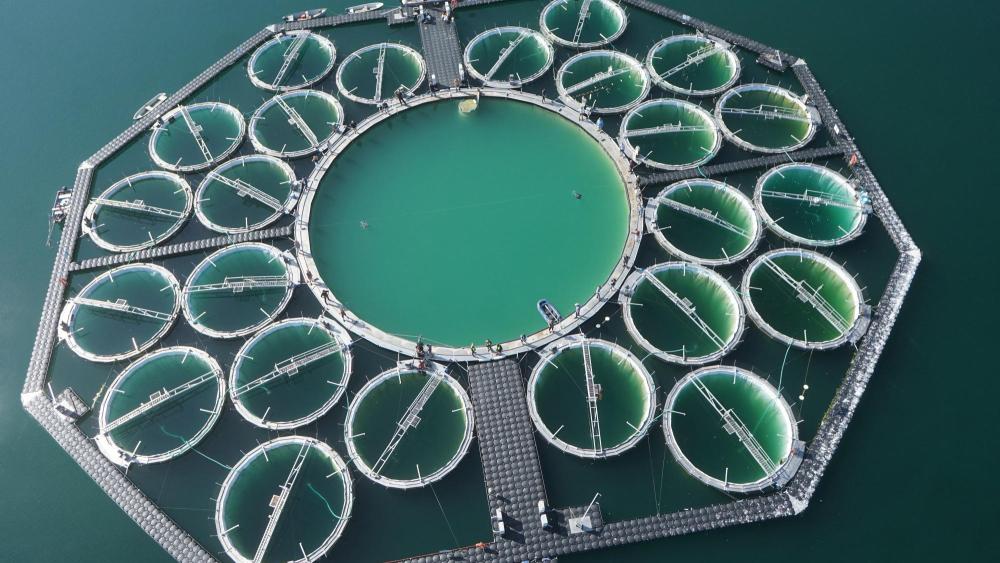
In the LakeLab, 24 lake-water basins each 9 metres in diameter and around 20 metres deep are isolated from the rest of the lake. In these experimental cylinders, future environmental scenarios will be simulated and their effects on the lake researched. Will the biodiversity change as a result of environmental change? Will there be an enrichment of nutrients? Will more greenhouse gasses be released? – These are only a few of many questions the researchers of IGB are working on. | © 3edata, Carmen Cillero

The LakeLab is an experimental setup for researching the effects of climate change on aquatic organisms, their interactions and the ecological processes taking place within lakes. The research is concentrated on Lake Stechlin (Stechlinsee), a deep clear-water lake in northeast Germany.
Researchers of IGB intend to conduct large-scale ecological experiments under realistic conditions in the LakeLab, thus combining the advantages of field and laboratory research: Firstly, the experiments are conducted in the lake itself to include the complexity of the natural ecosystem. Secondly, the LakeLab provides a large number of clearly delimited experimental units, i.e. enclosures, in which individual factors can be modified specifically so as to study their influence on the system. In order to efficiently use the LakeLab, researchers from other national and international research institutes are welcome to cooperate in projects on this large mesocosm facility.
Design
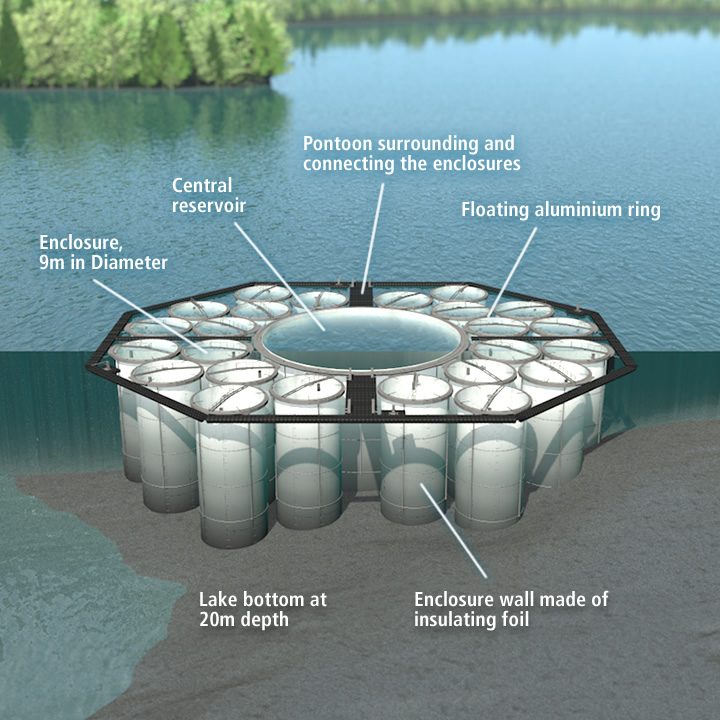
The LakeLab in Lake Stechlin consists of a large central enclosure (30 metres in diameter) and 24 enclosures of 9 metres diameter that serve as the experimental units. Their walls are made of special plastic sheets fastened to a floating aluminium ring and stabilized by a supporting underwater structure. To the bottom, the sheets reach down into the sediment of the lake. The enclosures are held together by steel cables and are surrounded by a floating circular walkway. The entire setup is anchored to the lake ground, preventing the LakeLab from drifting.
Inside the enclosures, instruments continuously deliver data from various water depths, which are transmitted to a computer and stored in a database. This produces records of the water temperature, oxygen content and light conditions, for example.
Using a sprinkler system to recirculate the water, the researchers can actively modify the environment inside the enclosures. Thus, it is possible for example, to experimentally increase the depth of the warm surface water layer or the temperature of the deep water as well as to destroy the thermocline during summer stratification simulating a heavy summer storm. These conditions are expected to occur in Lake Stechlin as a result of climate change.
Equipment
All enclosures are identically equipped. That ensures that all experiments for which the system is conceived can be performed in every enclosure, with a total of 24 experimental units in all. Three different probe types are used. Electrical equipment such as winches and computers are protected inside steel boxes against the weather. The measured data are transmitted to IGB over a fibre optic cable. Four additional measuring stations simultaneously measure the conditions in the open lake.
In each enclosure sediment traps are installed. Sinking algae and other organisms collect inside these, along with other dead and mineral materials, including calcareous precipitates. These sediment traps, which weigh around 80 kg, can be lifted out of the water using a crane construction when they are ready to be emptied for the sediment analysis in the lab.
Collaboration
Given the scope of the LakeLab, its benefit for science and society is expected to be greatest when experiments involve the creativity, expertise and manpower of broad scientific consortia. Therefore, we invite scientists with diverse backgrounds and interests, nationally and internationally, to contribute their expertise in experiments that are envisaged or planned at present. In addition, we encourage suggestions of new experiments. For more information please go to the AQUACOSM-Website and feel free to contact us.


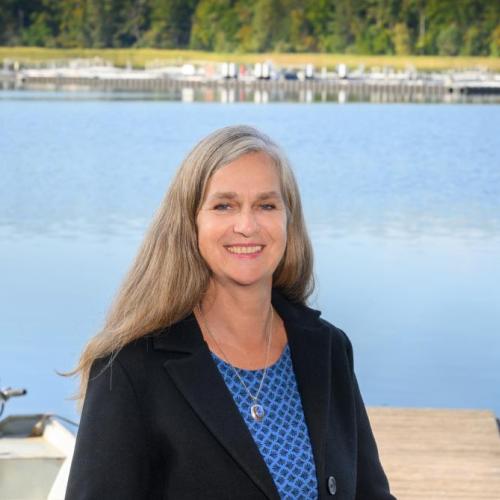
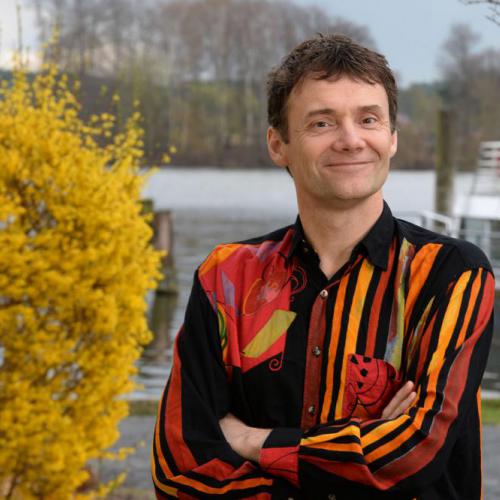
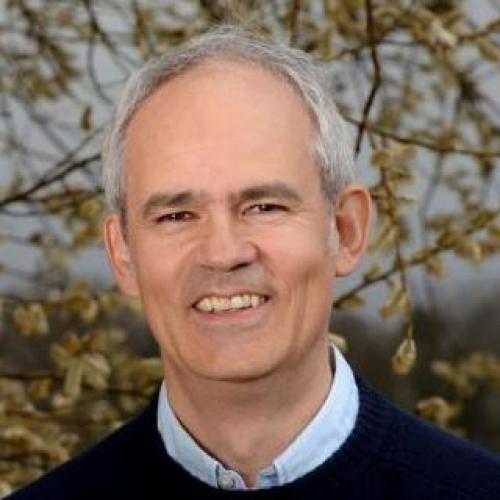
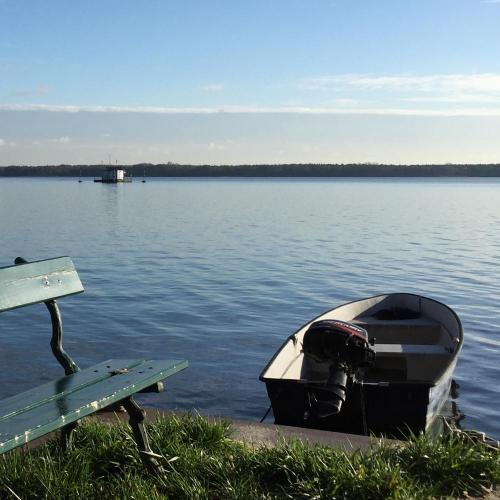


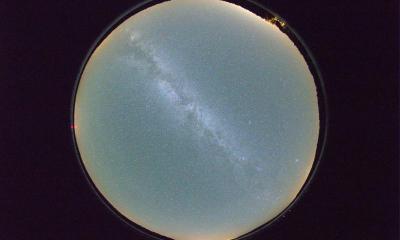
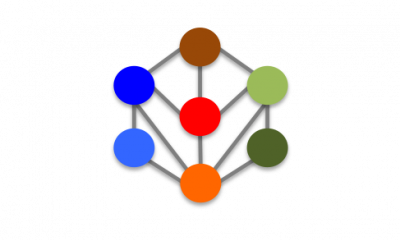
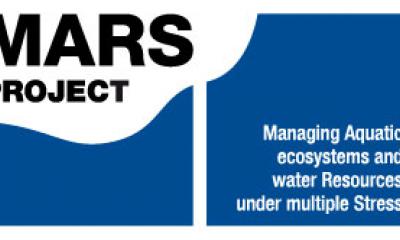


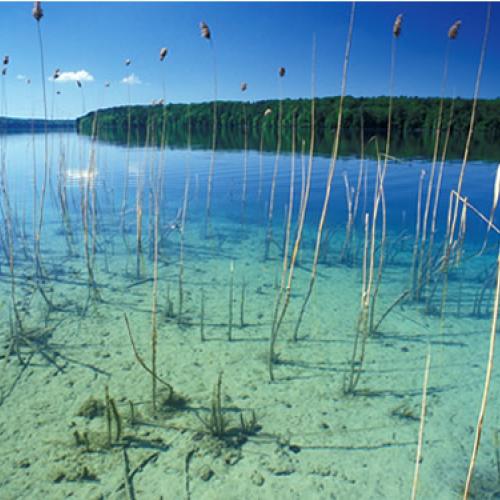
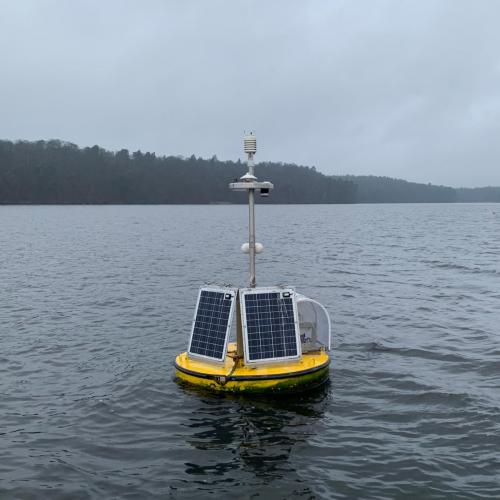
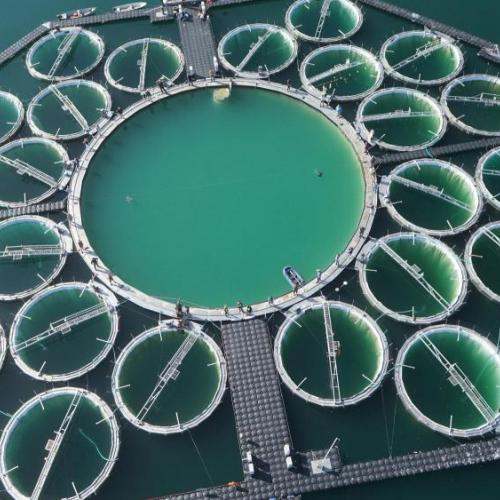
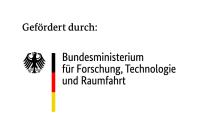
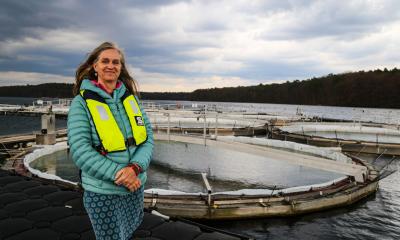


 To the top
To the top